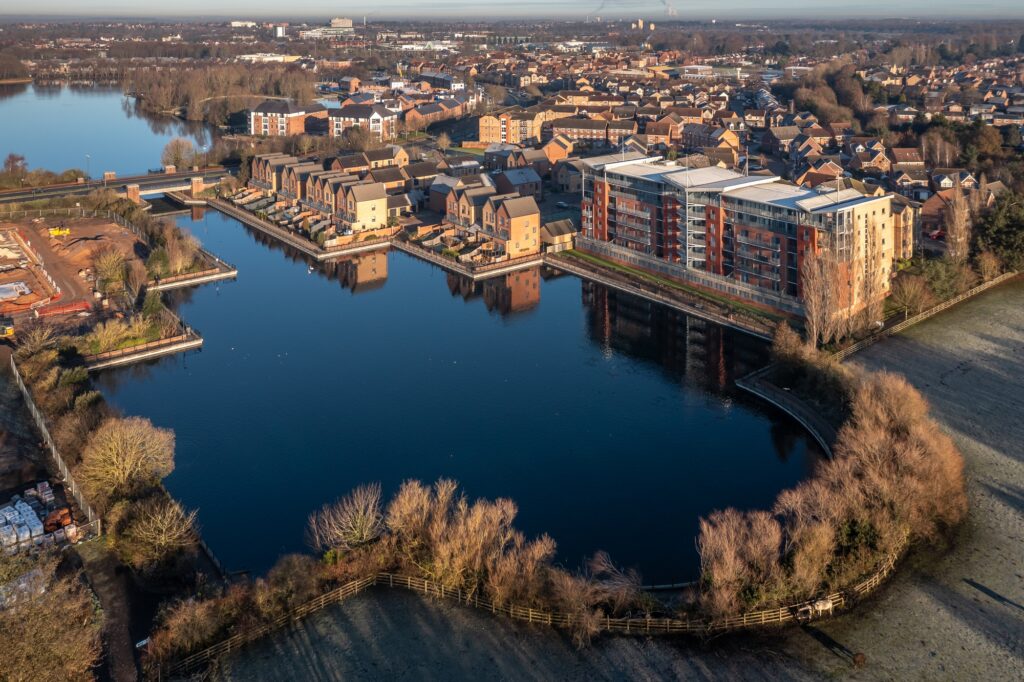Bridging Loans for Property Development: What Are Your Options?
In the fast-moving world of property development, timing is of paramount importance. Whether you’re converting a property or undertaking a ground-up build, access to the right funding at the right time can make or break your project. Bridging loans offer a flexible, short-term financing solution for developers and investors looking to move quickly on opportunities — however, bridging loans are not all the same. We’ve written a short guide below to help you understand your options:
What Is a Bridging Loan?
A bridging loan is a short-term finance facility typically used to “bridge the gap” between an immediate funding requirement and a longer-term solution, such as the sale of a property or refinancing with a development loan.
In the context of property development, bridging finance can be used for various means:
- Secure a property quickly at auction
- Fund refurbishment or light development works
- Assist with planning gain or change-of-use strategies
- Cover cash flow gaps between stages of a project
- Bridge the gap until planning permission is granted
Terms are usually between 3–24 months, and loans can sometimes be arranged within a matter of days — making them ideal for developers who need to act fast.
Types of Bridging Loans for Property Developers
Bridging loans come in several forms depending on your unique project type, your historic risk profile, and your exit strategy. Here are the most common options:
1. Unregulated Bridging Loans
Most development-related bridging loans fall under the “unregulated” banner, as they do not involve you as the borrower’s primary residence. These are ideal for:
- Purchasing land or commercial property
- Renovating or converting your existing buildings for resale or rental
- Funding opportunities to buy and sell property quickly
Loan amounts typically range from £25,000 to £25 million+, depending on the lender and asset.
2. Light Refurbishment Bridging
This type of bridging finance is used when the property requires cosmetic or non-structural work — e.g. installing new kitchens, bathrooms, interior painting, or floor replacement. Since the property remains mortgageable, lenders will often consider light refurbishment bridging applications lower-risk.
3. Heavy Refurbishment Bridging
When a project involves structural alterations, changes to internal layouts, or reconfiguring use (e.g. converting an office block to a residential building), a heavy refurbishment bridge can be useful for your business. These usually require planning permission and local building control approval. As such, heavy refurbishment bridging loans are more detailed, time consuming and higher-risk than light refurbishment loans.
4. Development Exit Bridging
Effectively a refinance product. This facility helps developers refinance an existing development loan once a project is complete but before units are sold or fully let. Development Exit Bridges can buy your business extra time to fund marketing, help you to avoid hefty extension penalties, and on the rare occasion, they can even release equity for your next project.
5. Land Bridging Loans
These are used to purchase land (with or without planning) quickly, often utilised by developers as a precursor to full development finance. Planning gain strategies are common here, where developers typically use bridging loans to acquire the site while seeking permission for more favourable planning permissions or improved loan terms.
Key Considerations
Before taking on bridging finance, consider:
- Exit strategy: Is it realistic and clearly defined? Whether it’s sale, refinance, or staged project completion, our lenders will want to see a clear plan.
- Costs: Bridging loans typically have higher interest rates, arrangement fees (1–2%), and valuation/legal costs. Always weigh up the return on investment.
- Loan-to-value (LTV): Most lenders offer up to 75% LTV on purchase, and some offer 100% of works – depending on your unique experience in development, and your security.
- Experience: Lenders favour experienced developers, however options exist for first-timers, often with stricter terms or additional terms.
How a Commercial Finance Broker Can Help
Navigating the bridging finance market can be complex, especially when time is limited. As a specialist commercial finance broker, here’s how we help developers:
- At Mill Wood, we create a business case on your business and your application. We send this to lenders to help them understand your project in detail.
- We match your business with lenders who understand your project.
- We negotiate competitive terms and flexible structures on your behalf.
- Ensure the deal completes within your desired timeframe.
Whether you’re an experienced developer or you’re exploring your first project, bridging finance could be the key to unlocking your next opportunity.
Need help securing a bridging loan for your next development?
Get in touch to discuss your plans and find the right funding solution with one of our brokers.
Contact us for a no-obligation chat with one of our advisers.







